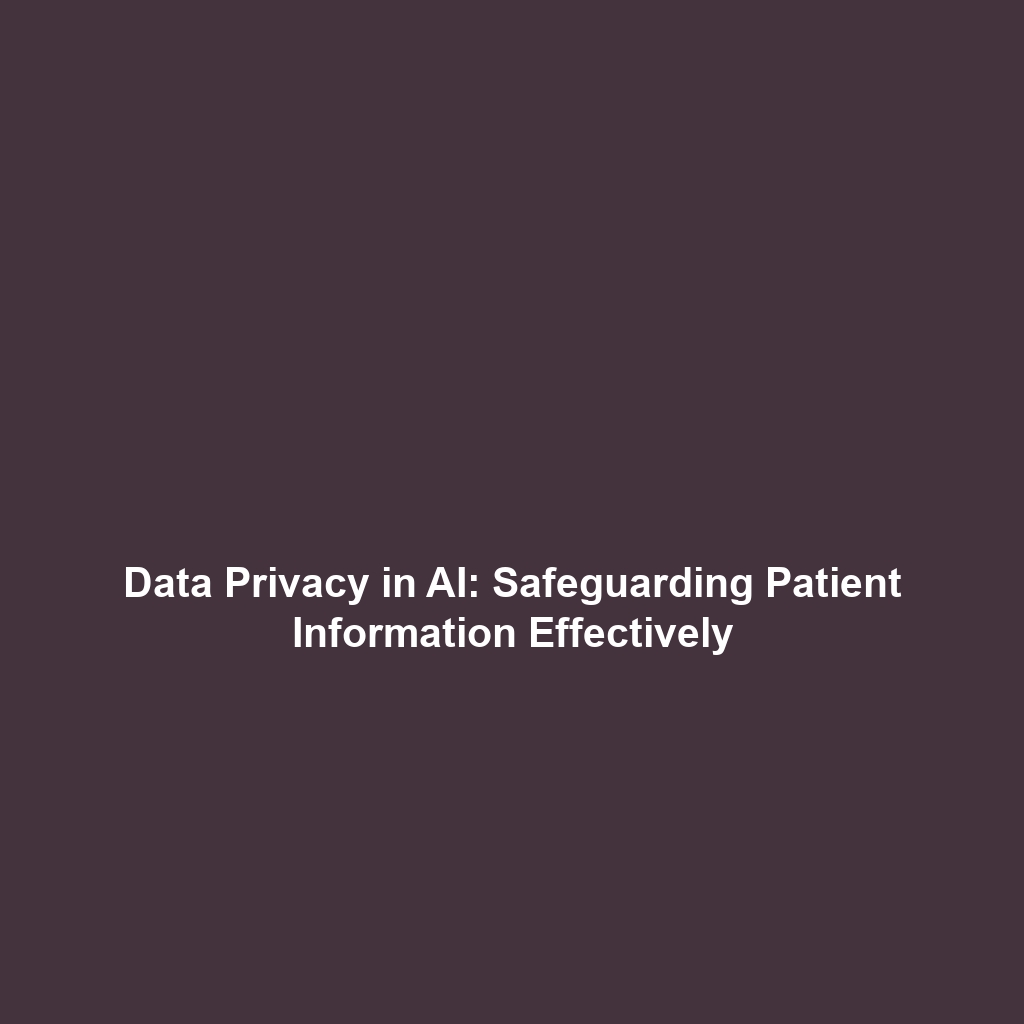Use of Drones and Ground Robots to Monitor Herds and Prevent Disease Outbreaks
In the evolving landscape of autonomous robots, the integration of drones and ground robots has emerged as a revolutionary approach to monitoring herds and preventing disease outbreaks. These technologies play a crucial role in enhancing livestock management, ensuring animal health, and safeguarding agricultural productivity. Utilizing these autonomous systems helps efficiently track herd activity and health, thereby minimizing risks associated with disease transmission. As the agricultural sector increasingly embraces automation, the advanced capabilities of drones and ground robots offer significant improvements in operational efficiency and health monitoring.
Key Concepts
The application of drones and ground robots within livestock monitoring revolves around several core concepts:
- Surveillance and Data Collection: Autonomous robots equipped with sensors can gather real-time data on herd movements and health indicators.
- Disease Detection: Through thermal imaging and other sensing technologies, these systems can identify early signs of illness among livestock.
- GPS Tracking: Drones can be utilized to monitor the geographical spread of herds, helping mitigate the risk of disease outbreaks.
These principles highlight the significant role of technology in promoting animal welfare and enhancing farm operations, ultimately fitting within the broader narrative of autonomous robots transforming traditional agriculture.
Applications and Real-World Uses
The implementation of drones and ground robots is gaining traction in several practical settings:
- Herd Surveillance: Farms in the Midwest U.S. use drones to monitor cattle across vast pastures, improving oversight and ensuring that health needs are promptly addressed.
- Data Analysis: Ground robots equipped with AI can analyze herd data, predicting potential health issues and facilitating preventative measures.
- Emergency Response: In instances of disease outbreaks, drones can quickly deploy to manage and isolate affected areas, limiting the spread of infection.
These applications illustrate how drones and ground robots are vital in maintaining herd health and preventing disease outbreaks in the context of autonomous robots.
Current Challenges
Despite their benefits, several challenges accompany the use of drones and ground robots in managing herds and preventing disease outbreaks:
- Data Privacy: Concerns regarding the security of collected data may deter widespread adoption.
- Technical Limitations: Weather conditions and battery life can affect operational efficiency.
- Cost of Implementation: Initial investments for drones and ground robots might be prohibitive for some farms.
These challenges of utilizing drones and ground robots necessitate ongoing research and development to optimize their use in agricultural applications.
Future Research and Innovations
The future of drones and ground robots in herd monitoring looks promising, with ongoing research focusing on:
- AI and Machine Learning: Developing smarter algorithms for predictive analytics related to herd health.
- Enhanced Sensor Technology: Improving the capabilities of sensors for better disease detection and monitoring.
- Integration with IoT: Connecting autonomous systems with farm management software for real-time data processing.
These innovations indicate a forward-thinking approach to enhancing herd management and exemplify the potential breakthroughs in autonomous robots.
Conclusion
In conclusion, the use of drones and ground robots represents a significant advancement in livestock management, demonstrating their relevance to the field of autonomous robots. By efficiently monitoring herds and proactively preventing disease outbreaks, these technologies are set to shape the future of agricultural practices. As the sector adapts to these innovations, ongoing research and adaptation will be critical. For further insights, consider exploring articles on agriculture technology and robotics in farming.
